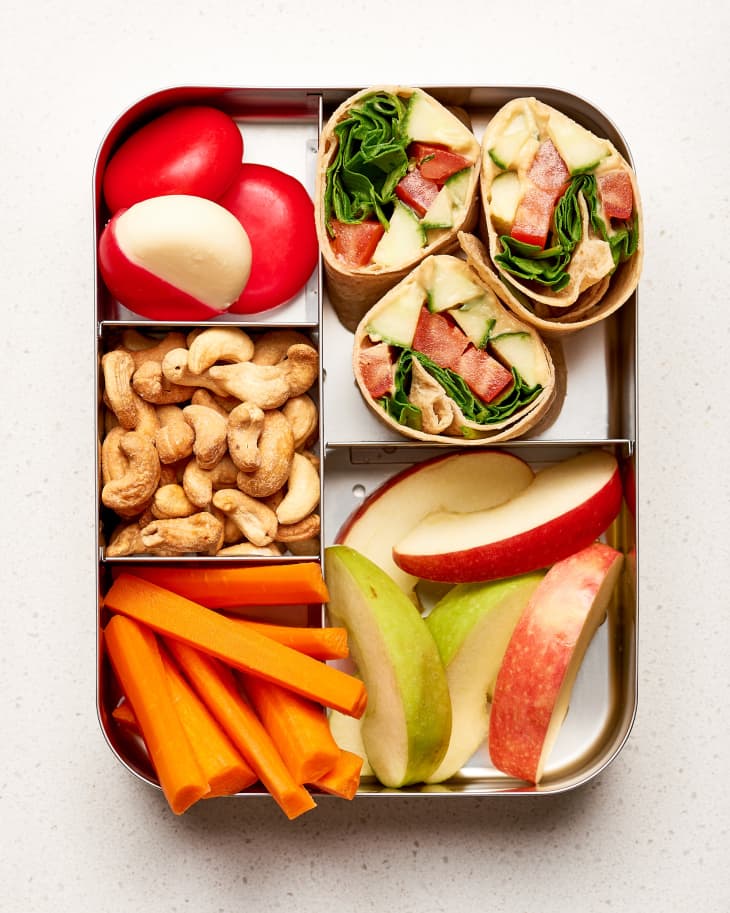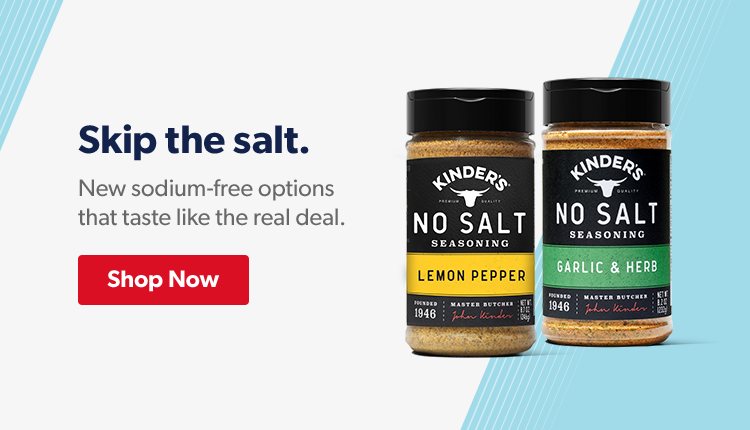
You should look for several things in a great vegan cookbook. A good cookbook must have a strong story, easy-to-follow instructions, readily-available ingredients, and a price that is affordable. In addition, you want a book that offers helpful guidance for both newbies and more experienced cooks.
Jo Pratt has a vegan cookbook
Jo Pratt is a food stylist, presenter and award-winning food writer. She has written for Waitrose, BBC Good Food, and is a regular contributor in magazines like Elle and Glamour. She has worked alongside well-known chefs like Marcus Waring and Jamie Oliver. She has appeared on television programs such as Good Food, BBC and others. Jo is also a food stylist. She is also an executive chef at The Gorgeous Kitchen.

Ching-He Huang’s vegan cookbook
Ching-He Huang, a well-respected and highly-acclaimed TV chef and author of cookery books, is highly respected. This vegan cookbook, which focuses on Asian food, includes recipes for making homemade seitan and tofu. It includes vegan burgers recipes and curries. Ching He Huang also has a site and is active in social media. Her book is available from Kyle Books for PS20.
Richa Hingle's vegan cookbook
Richa Hingle’s vegan cookbooks are based upon plant-based cuisines. Richa Hingle's vegan cookbooks offer delicious and nutritious options for breakfasts, snacks, main courses, and desserts. The recipes also include a wide variety of dals and curries.
Toni Okamoto’s vegan cookbook
Toni Okamoto's Vegan Cookbook is a great choice if you want a healthy vegan cookbook. You will find more than 100 easy-to-prepare recipes. It includes helpful indexes, shopping lists and meal plans. These features make it an excellent cookbook for both beginning and advanced cooks.
BOSH! By Lauren Toyota
This is the place to go if you're looking to create a plant-based recipe book. BOSH! BOSH! This cookbook has become an international phenomenon and has changed the face of vegan cooking. It is one of the most popular websites on the internet and has enabled many people to discover new recipes.

Monroe's vegan cookbook
In Monroe's Vegan(ish) cookbook, the author presents 100 incredibly healthy and affordable recipes for cooking on a budget. This cookbook offers healthy choices for breakfast, lunch, dinner and even "fakeaways". The cookbook is loved for its affordable prices and the delicious, filling dishes.
FAQ
Why do we need to have a healthy lifestyle?
Healthy living can lead to a longer and happier life. Healthy eating habits, regular exercise, healthy sleep habits, stress management, and good sleep habits can help to prevent heart disease, stroke, diabetes, cancer, and other serious diseases.
A healthy lifestyle will also improve our mental health by helping us cope better with everyday stresses. Healthy living will boost self-confidence and make you look and feel younger.
How often should I exercise
Fitness is key to a healthy lifestyle. However, there's no time limit on how much you should exercise. Finding something that you love and sticking with it is the key.
It is a good idea to exercise at least three times per week. Then, you should aim to do between 20 and 30 minutes of moderate-intensity activity. Moderate intensity means you'll still be breathing hard after you've finished. This type workout burns about 300 calories.
Walking is a great option if you are a keen walker. You can do 10-minute walks four days per week. Walking is low-impact, easy on the joints, and it's very gentle.
You can also run for 15 minutes, three times per week. Running can help you burn calories and to tone your muscles.
If you're not used to exercising, start slowly. Begin by doing 5 minutes of cardio each day, a few times per week. Gradually increase the duration until you reach your goal.
Is cold a sign of a weak immune response?
Cold weather can cause a decline in your immune system. Your body makes less white blood cell to fight infection. But, cold makes you feel better. Your brain releases endorphins that reduce pain.
What is the best way to live a healthy lifestyle?
A healthy lifestyle means eating healthy foods, exercising regularly, sleeping well, and avoiding stress. You can live a long and healthy lifestyle if these guidelines are followed.
You can start by making small changes in your diet and exercise routine. To lose weight, you can start walking 30 minutes per day. For more activity, you can try swimming or dancing. A Fitbit or Strava online program that tracks your activity can be joined.
What is the problem with BMI?
BMI stands to Body Mass Index. This refers to the measurement of body weight based on height. The following formula is used to calculate BMI:
Weight in kilograms divided by height in meters squared.
The result is expressed as a number from 0 to 25. Scores between 0 and 25 indicate obesity. Scores higher than 18.5 are considered overweight. Scores higher than 23 are considered obese.
A person of 100kg with a height of 1.75m will have 22 BMI.
What's the difference between fat/sugar?
Fat is an energy source that comes from food. Sugar is a sweetener found in fruits, vegetables, and other foods. Both fats and sugars provide the same number of calories. Fats however, have more calories than sugars.
Fats can be stored in the body, which can lead to obesity. They can increase cholesterol levels in the arteries and cause strokes and heart attacks.
Sugars are quickly absorbed into the body and provide instant fuel. This causes blood glucose levels in the body to rise. High blood glucose levels can pose a danger because they increase the chance of developing type II Diabetes.
What should I eat?
You should eat lots of vegetables and fruits. They contain vitamins and minerals which help keep your immune system strong. Vegetables and fruits are high in fiber which helps to digest and fill you up. You should eat at least five servings per day of fruits and vegetables.
Make sure you drink plenty of water too. Water flushes toxins out of the body and helps to feel full between meals. Drink about eight glasses each day.
Whole grains are better than refined grains. Whole grains contain all of their nutrients, including B vitamins and iron. Refined grains are stripped of some of their nutritional value.
Sugary drinks should be avoided. Sugary drinks are loaded with empty calories and contribute to obesity. Instead, opt for water, milk, or unsweetened tea.
Avoid fast food. Fast food has little nutritional value. You won't get the energy you need to function well, despite how delicious it may be. Choose healthier options like salads, soups and sandwiches as well as pasta dishes.
Try to limit alcohol intake. Avoid alcohol as it can cause empty calories and poor nutrition. Limit the amount of alcohol you consume in a given week to no more than 2 alcoholic beverages.
Red meat consumption should be reduced. Red meats have high levels of cholesterol and saturated fat. Lean cuts of beef or pork, lamb and chicken, as well as fish and turkey, are better choices.
Statistics
- According to the Physical Activity Guidelines for Americans, we should strive for at least 150 minutes of moderate intensity activity each week (54Trusted Source Smoking, harmful use of drugs, and alcohol abuse can all seriously negatively affect your health. (healthline.com)
- Extra virgin olive oil may benefit heart health, as people who consume it have a lower risk for dying from heart attacks and strokes according to some evidence (57Trusted Source (healthline.com)
- This article received 11 testimonials and 86% of readers who voted found it helpful, earning it our reader-approved status. (wikihow.com)
- WHO recommends consuming less than 5% of total energy intake for additional health benefits. (who.int)
External Links
How To
What does the word "vitamin" mean?
Vitamins can be described as organic compounds found in food. Vitamins allow us to absorb nutrients from food. Vitamins cannot be produced by the body. They must be obtained from food.
There are two types of vitamins: water soluble and fat soluble. Water-soluble vitamins dissolve readily in water. Examples include vitamin C,B1 (thiamine), B2 (riboflavin), B3 (niacin), B6 (pyridoxine), folic acid, biotin, pantothenic acid, and choline. The liver and fatty tissue are the main storage places for fat-soluble vitamins. These include vitamin D, E and K, as well as beta carotene.
Vitamins can be classified according to biological activity. There are eight major vitamin groups:
-
A - vital for normal growth and maintaining good health.
-
C – essential for proper nerve function.
-
D – Essential for healthy teeth, bones and joints
-
E is required for good vision and reproduction.
-
K - Required for healthy nerves and muscles.
-
P - essential for strong bones, teeth and tendons
-
Q – aids digestion and absorption.
-
R - necessary for making red blood cells.
The recommended daily allowance for vitamins (RDA) varies according to age, gender, or physical condition. RDA values are set by the U.S. Food and Drug Administration (FDA).
For adults aged 19 and older, the RDA for vitamin B is 400 micrograms daily. Because it is essential for the development of the fetus, pregnant women should consume 600 micrograms per days. Children ages 1-8 require 900 micrograms per day. Babies under one-year old need 700 micrograms per daily. Between 9 and 12 month, however, this drops to 500 mg per day.
Children aged between 1-18 years old who are obese require 800 micrograms per Day, while overweight children need 1000 micrograms every day. Children underweight or obese will require 1200 micrograms a day to meet their nutritional requirements.
Children aged 4-8 years old who have been diagnosed as having anemia require 2200 micrograms of vitamin C per day.
2000 micrograms per person is necessary for general health. Women who are pregnant or breastfeeding need 3000 micrograms per day due to increased nutrient requirements.
1500 micrograms are required daily by adults over 70 because they lose approximately 10% of their muscle each decade.
Women who are pregnant, nursing or breastfeeding need more than the RDA. Pregnant mothers need 4000 micrograms per daily during pregnancy and 2500 after giving birth. Breastfeeding moms need 5000 micrograms per daily when breastmilk production occurs.